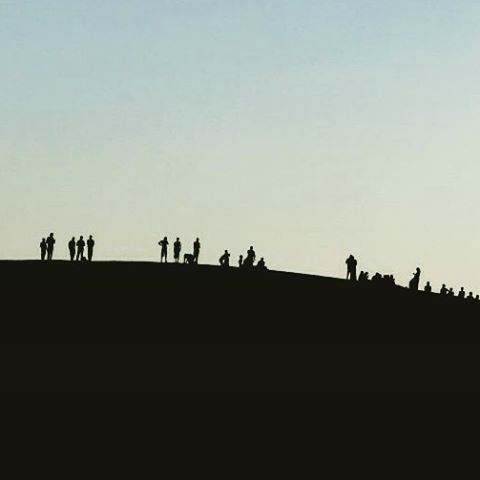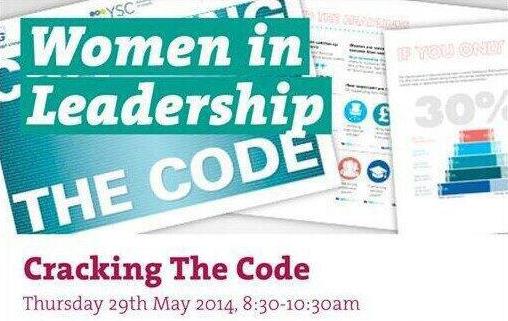“There are only two possibilities here, right? Win or die.”
That’s not a war general. That’s Aravind Srinivas, CEO of Perplexity AI.
He said this after his fledgling startup made an audacious offer to buy Google Chrome just as Google was considering acquiring his company. It wasn’t a stunt. It was a statement. Stand your ground. Don’t wait to be chosen. Act. Or disappear.
The clarity in those three words hit me harder than I expected. Because it reminded me of something else entirely: home.
A few months ago, I was traveling overseas. I was in Queensland, Australia. Clean air. Empty roads. Birds louder than people.
A woman who had once travelled to India leaned in and asked, not unkindly, “How do you live there? You’re packed like sardines.”
Fair question. All of Australia has as much people as in the city of Mumbai. We are packed. In trains. In queues and contradictions. We live close—to each other, to chaos, to survival.
And for millions, survival itself is a kind of victory.
India Wasn’t Meant to Make It
In 1947, perhaps that was the national mood. Survival. That’s all we had. A bruised nation, a broken economy, and a whole lot of people with very little of everything else.
India wasn’t meant to make it. Winston Churchill famously scoffed that India was just a “geographical expression” and predicted it would splinter into chaos after the British left.
We were a “developing country” before the term became polite. A country stitched together by courage and imagination.
And Yet—Here We Are
Seventy-eight years later. Messy. Loud. Functionally dysfunctional. Fractious. But moving. Rising.
There are parts of India today that can beat the world on any stage. Others still trying to find the stage. And yet others just finding their feet.
We are world-class in patches and at cross purposes in others. But we are trying. We are showing up. That counts. India is no superpower. But it is a super possibility. Our lived experiences vary more than all climate zones of the world. But deep down, the story is the same. The fight is the same.
One. Because of Many.
What makes India remarkable isn’t just its size or scale—it’s its stunning, often stubborn, diversity. Languages, cultures, cuisines, gods, gods within gods. We are made up of parts. Gloriously different parts. And yet, we are one. Not in spite of our differences, but because of them.
This plural existence that is messy, layered and opinionated is not a bug in the system. It is the system.
It may look inefficient from a distance. And may confound those seeking sleek, clinical uniformity. But in India, sameness has never been the soul. Diversity is. And that predates independence!
To truly be Indian is to celebrate that. To respect what is not ours. And honour where we came from. And to defer, with humility, to where we are headed.
We can disagree—on politics, beliefs, or the best way to eat dosa. But when we hold hands, we can move forward. That is our superpower.
One. Because of many.
Victory Means Living Fully
Victory, my dad used to say, is living to your full potential. Anything less, and something inside quietly dies. You may not acknowledge it at first. But a part of you knows. And shrinks a little further each time.
That’s the real journey. Especially for a country like ours. To go from simply surviving to fully showing up.
From “How do you live there?” to “How do they do that?” That arc takes courage. Not the loud, chest-thumping kind. But the quiet, daily, persistent kind.
The kind that keeps going even when things seem okay. The kind that still believes.
Aravind Srinivas’s clarity in that pithy statement reminded me of the many times India has stood at a cliff’s edge and chosen to jump forward—uncertain, unready, but unwilling to back down. Here are my top five moments India had no choice but to Win or Die. Of course, these are through my imperfect lens. And you would have yours!
Five Moments India had no choice but to show up. And win!
1. 1991: Economic Liberalisation
India was on the brink. Foreign reserves were down to a few weeks. A default loomed. As a last resort, the government flew out gold reserves to secure emergency credit. In response, Finance Minister Manmohan Singh and Prime Minister Narasimha Rao dismantled decades of economic protectionism. And how! The reforms were unpopular. Risky. Uncertain. But the alternative was collapse. That pivot didn’t just save the economy. It opened up opportunity for millions. Win. Or die.
2. 1960s–70s: The Green Revolution
Post-independence India was trapped in a cycle of food shortages and foreign aid.
Famines were frequent. Hunger was normalised. Then came a wave of scientific intervention: high-yield seeds, irrigation projects, fertilisers. Led by M.S. Swaminathan and supported politically, the Green Revolution transformed agriculture. India went from begging for grain to becoming self-sufficient. And feeding a large and growing population! More than food, it was about dignity. Win. Or die.
3. 1983 & 2011: Cricket World Cup Wins
In 1983, India entered the World Cup as rank outsiders. The West Indies were expected to cruise.
But Kapil Dev’s team defied every expectation and rewrote history at Lord’s.
It wasn’t just a cricketing upset. It was a shift in national imagination: maybe we can win.
In 2011, the stage was different. India was expected to win. But the pressure was immense.
When Dhoni hit that final six, it wasn’t just a sporting victory—it was emotional closure for a generation.
Two decades. Two trophies. (Read more)
Same mindset: Win. Or die.
4. 2016 onwards: The Data Disruption
Before 2016, mobile data was expensive and unevenly distributed. Internet access was a luxury in many parts of the country. Reliance’s Jio changed the game. Offering cheap data and forcing every telecom operator to adapt or perish. It became more about participation than a phone plan. Rural India started streaming. Teenagers started coding. Small businesses went digital.
Digital inclusion became the new frontier. Win. Or die.
5. 2010s – Present: Aadhaar and UPI
How do you bring a billion people into the financial system? You start by giving them a unique identity—Aadhaar. You link that to banking, subsidies, and digital payments. And build UPI. Today, Indians make millions of real-time transactions a day without cards or cash.
It’s not flashy, but it’s revolutionary. No other country has done it at this scale, with this quiet confidence. Win. Or die.
The Thread That Connects Them All
There are countless others. Partition. Operation Flood. The space programme. The vaccine rollout. Operation Sindhoor. Kargil and other wars. And so on. Besides the ones that make it to the news, there are several personal and community triumphs in unnoticed corners of the country. All of them have imperfections galore. But each one is stitched with the same thread: courage in the face of reality. The refusal to be defined by what is. And the constant push to discover what could be.
More in the Tank
Because in this messy, magnificent democracy of ours, there is always more fuel in the tank of potential. Something that we can access when we come together with mutual respect and collective intent. And when it comes to embracing Win or Die, the latter isn’t really an option.
Happy Independence Day.









